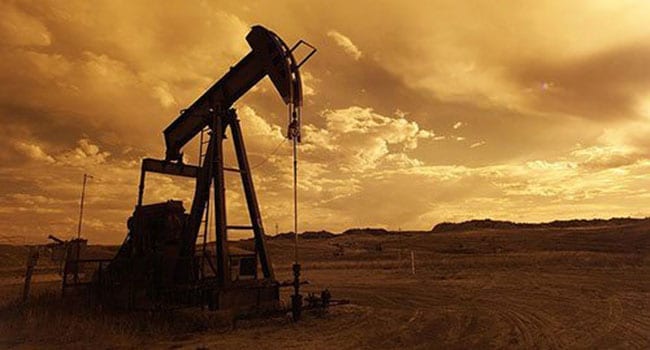The Canadian economy grew at a modest 0.1 per cent in January pre-coronavirus outbreak, according to Statistics Canada data released on Tuesday.
Brian DePratto, Senior Economist with TD Economics, said the economy was hit by a string of negative factors such as factory closures and strikes, and just 12 of 20 major sectors reported increased output.
“The Canadian economy turned out a slightly better than expected performance in January, when COVID-19 was just beginning to make itself felt, but it was a very uneven one. With just 12 of 20 major industries growing, Canada appeared to be heading for another quarter of lacklustre growth before the coronavirus came fully onto the domestic economic landscape,” he said.
“As discussed in our latest forecast update, COVID-19 has now delivered a sudden stop to this already soft economic backdrop. For now, the focus of policymakers is rightly on getting us through this shock. Once we’re safely on the other side, we can re-focus the discussion on the underlying factors that were holding back economic growth before the shock hit.”
Statistics Canada said the mining, quarrying, and oil and gas extraction sector was down 0.6 per cent in January, partially offsetting a 1.4 per cent growth in December.
“Support activities for mining, and oil and gas extraction were down 3.4 per cent on lower rigging services. Mining and quarrying (except oil and gas) was down 1.2 per cent in January. Coal mining fell 16.5 per cent in January, the largest decline since March 2012 as lower international demand, mainly from Japan, contributed to the decline. Non-metallic mineral mining (-2.9 per cent) contracted for the fifth consecutive month. Metal ore mining, up for the fourth time in five months, rose 2.3 per cent in January, led by a 9.7 per cent growth in iron ore mining,” said the federal agency.
“Oil and gas extraction increased 0.3 per cent in January, up for a fourth consecutive month. A 2.0 per cent growth in oil sands extraction, driven by higher synthetic oil production in Alberta, was partly offset by a 1.6 per cent contraction in oil and gas extraction (except oil sands).”

